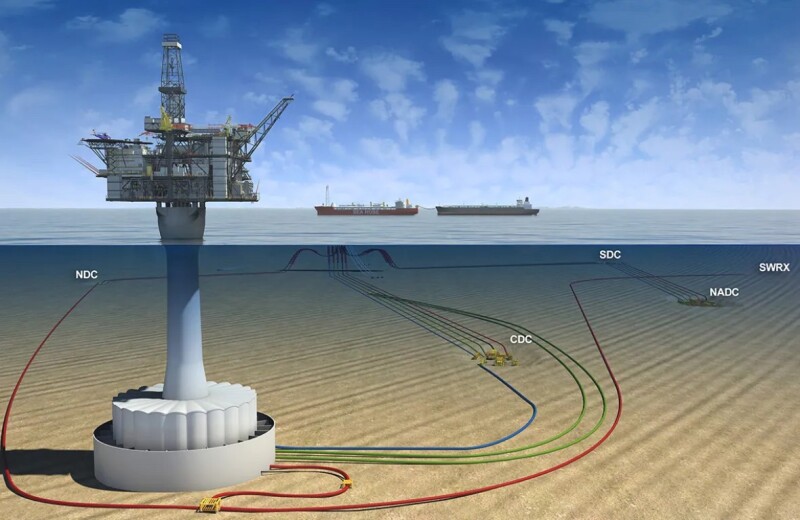Cenovus Energy and its partners have agreed to restart the West White Rose Project offshore Newfoundland and Labrador following a 2-year-plus period of inactivity and uncertainty related to the COVID-19 pandemic and Cenovus’ merger with Husky Oil. First oil from the platform is anticipated in the first half of 2026, with peak production anticipated to reach approximately 80,000 B/D of oil, 45,000 B/D net to Cenovus, by yearend 2029.
The deal to restart West White Rose was made possible by the restructuring of both the working interests in the field and its satellites as well as an amended royalty structure with the Newfoundland and Labrador government.
“The joint-venture owners have worked together to significantly de-risk this project over the past 16 months,” said Alex Pourbaix, Cenovus president and chief executive. “As a result, we’re confident restarting West White Rose provides superior value for our shareholders compared with the option of abandonment and decommissioning. With the project about 65% complete, combined with the work done over the past 16 months to firm up cost estimates and rework the project plan, we are confident in our decision to restart this project in 2023.”
Last September, Cenovus restructured its working interests in the White Rose and Terra Nova fields, improving the strategic alignment across the two assets. Cenovus and partner Suncor, as part of the restructuring, entered into an agreement whereby Cenovus will decrease its working interest in the White Rose field and satellite extensions while Suncor will take a larger stake, with the approval of the West White Rose project restarting. Cenovus has reduced its stake in the original field to 60% from 72.5% and to 56.375% from 68.875% in the satellite extensions. Suncor's interest in the White Rose asset increases from 27.5% to 40% and in the West White Rose project from 26.1% to 38.6%. Nalcor has a 5% working interest in the satellite fields.
Under the new royalty regime, revenue is fixed at 1% for the first year or until the companies recoup their new capital costs, whichever is longer. Cenovus believes the cost to get to first oil could be $2.3 billion: $1.8 billion to complete the platform, and $500 million for subsea drilling, completions, and the SeaRose FPSO life extension.
The deal has also replaced the 6.5% royalty when Brent crude trades about $50/bbl with a sliding scale— 1.25% when it is trading between $65 and $75, 6.5% when between $75 and $90, and 12.5% when at $90 or more.
The new royalty structure is designed to provide safeguards to the project’s economics in periods of low commodity prices.
The West White Rose Project will add an expected 14 years of production to the White Rose field and stands at about 65% complete. The field’s production has tidewater access to global markets and receives Brent-like pricing. Construction includes the completion of the concrete gravity structure and topsides, which will serve as the drilling platform for the project. Once installed, the platform will be tied into existing infrastructure. A scheduled 70-day drydock program for the SeaRose will proceed in 2024.


